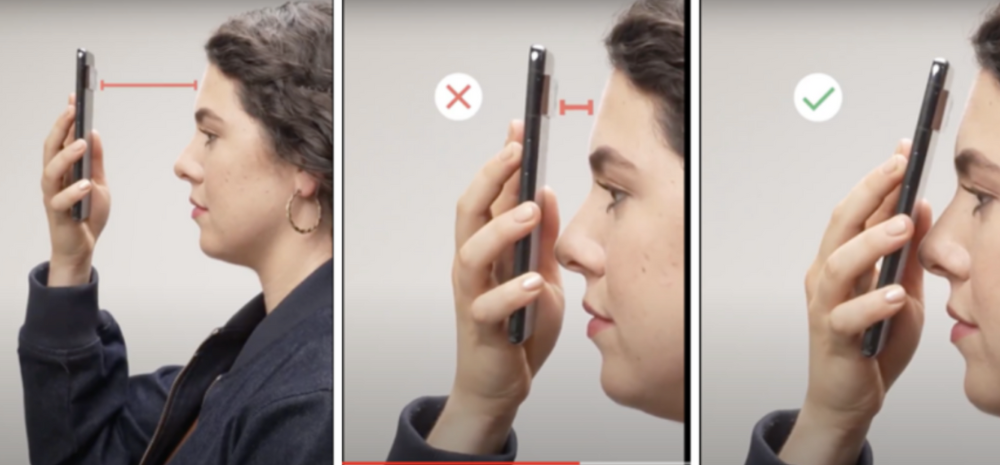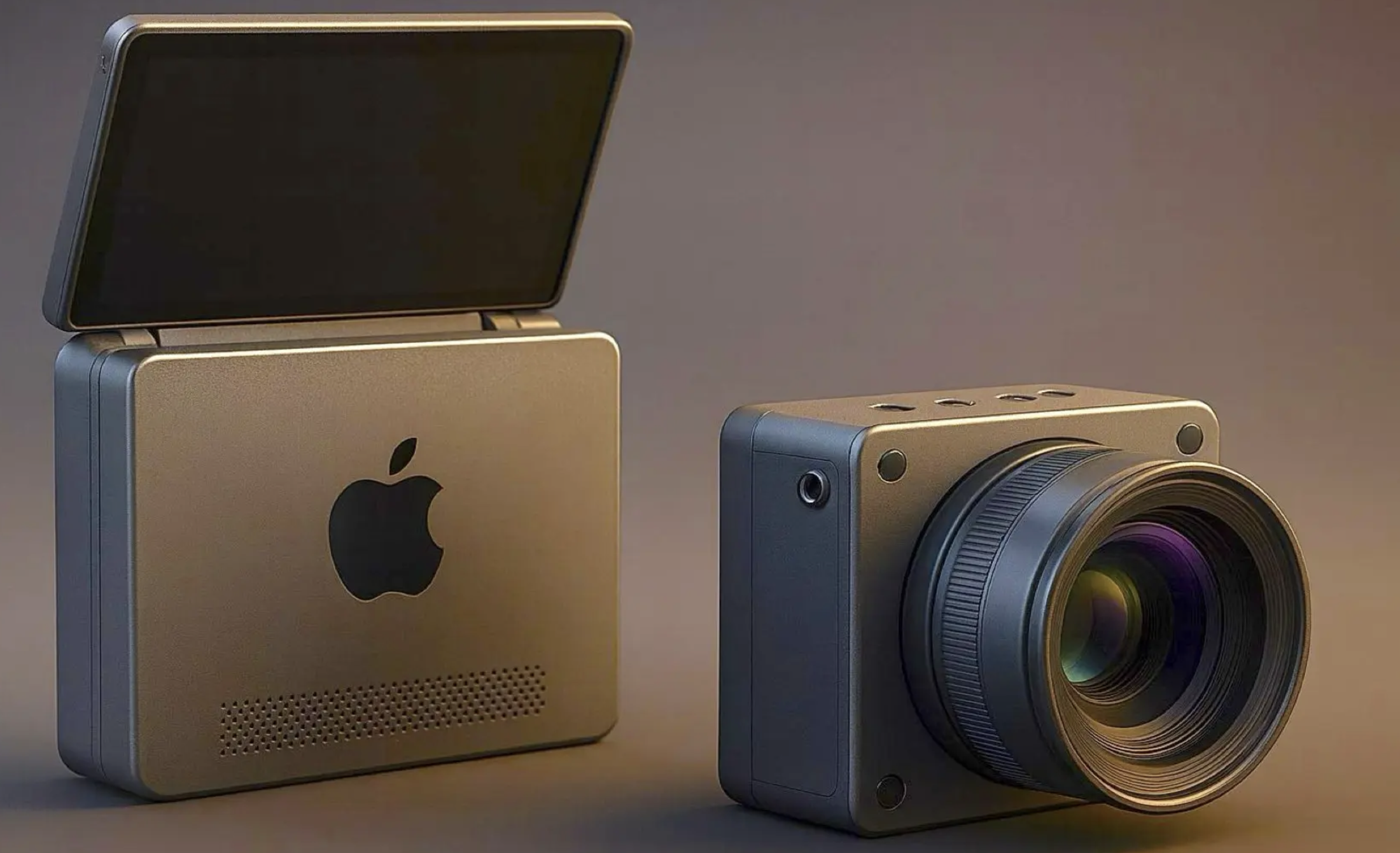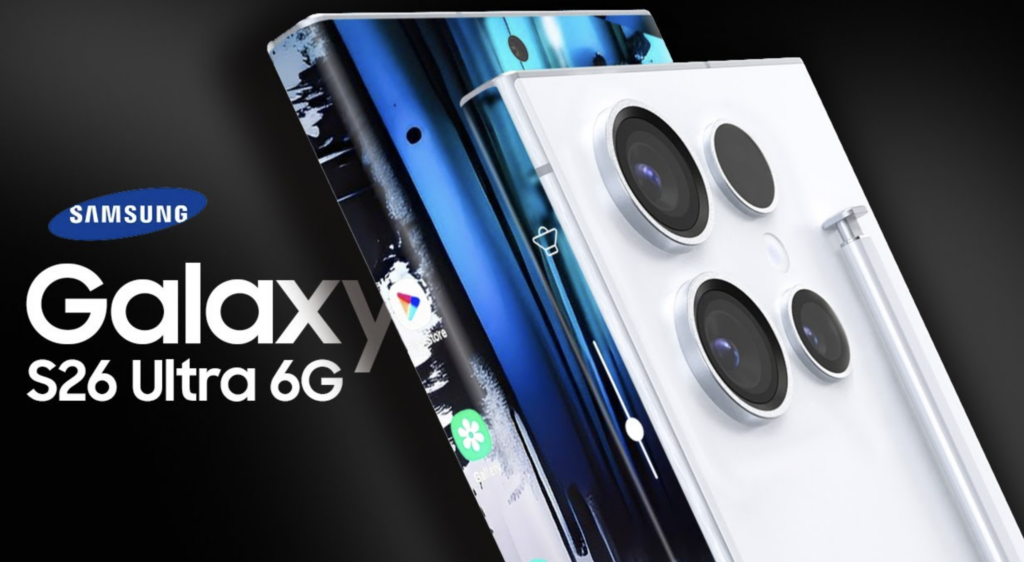Months after launch, Google has finally enabled body temperature measurement capabilities on the Pixel 8 Pro leveraging its dedicated infrared sensor. But the delayed, barebones execution leaves much to be desired compared to the concept’s seeming promise.

The functionality requires painstaking manual swiping across users’ faces barely an inch from skin without actual contact. Google secured FDA approval for human temperature sensing up to 104° F (40° C) in trials comparing performance with medical thermometers.
Clunky Execution Hampers Utility
But the real-world experience is far from clinical precision promised on paper. Without any targeting visuals or guides, the manual swipe needs perfectly steady 4-second execution. The screen stays blank till a number suddenly pops up without continuity. And glasses need to be removed avoiding sensor contact.
These hassles make the reading experience disconnected rather than seamless. Reviewers deemed the sensor implementation one of Pixel 8 Pro’s biggest negatives diluting appeal amid an otherwise stellar flagship. The latest firmware update enables skin measurements specifically in the US for saving to Fitbit.
Missed Potential Showcases Limitations
Rather than cementing Google hardware prowess, the sensor showcase suggests inability to tie advanced components with intuitive, thoughtful software capabilities maximizing impact. Conceptually, the prospects around mobile form factor temperature sensing seemed novel. But messy execution makes its best-case utility dubious and consumer appeal limited.
With wearables gaining medical feature permeation, the Pixel team missed an opportunity that may have shined brighter on watches, glasses or other intimate devices. Over four months since launch, this update too fails to redeem the Pixel 8 Pro’s showpiece sensor. It remains an extraneous, barely usable addition warranting negligible consumer mindshare despite FDA approval specifically for the application.













